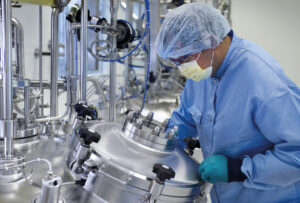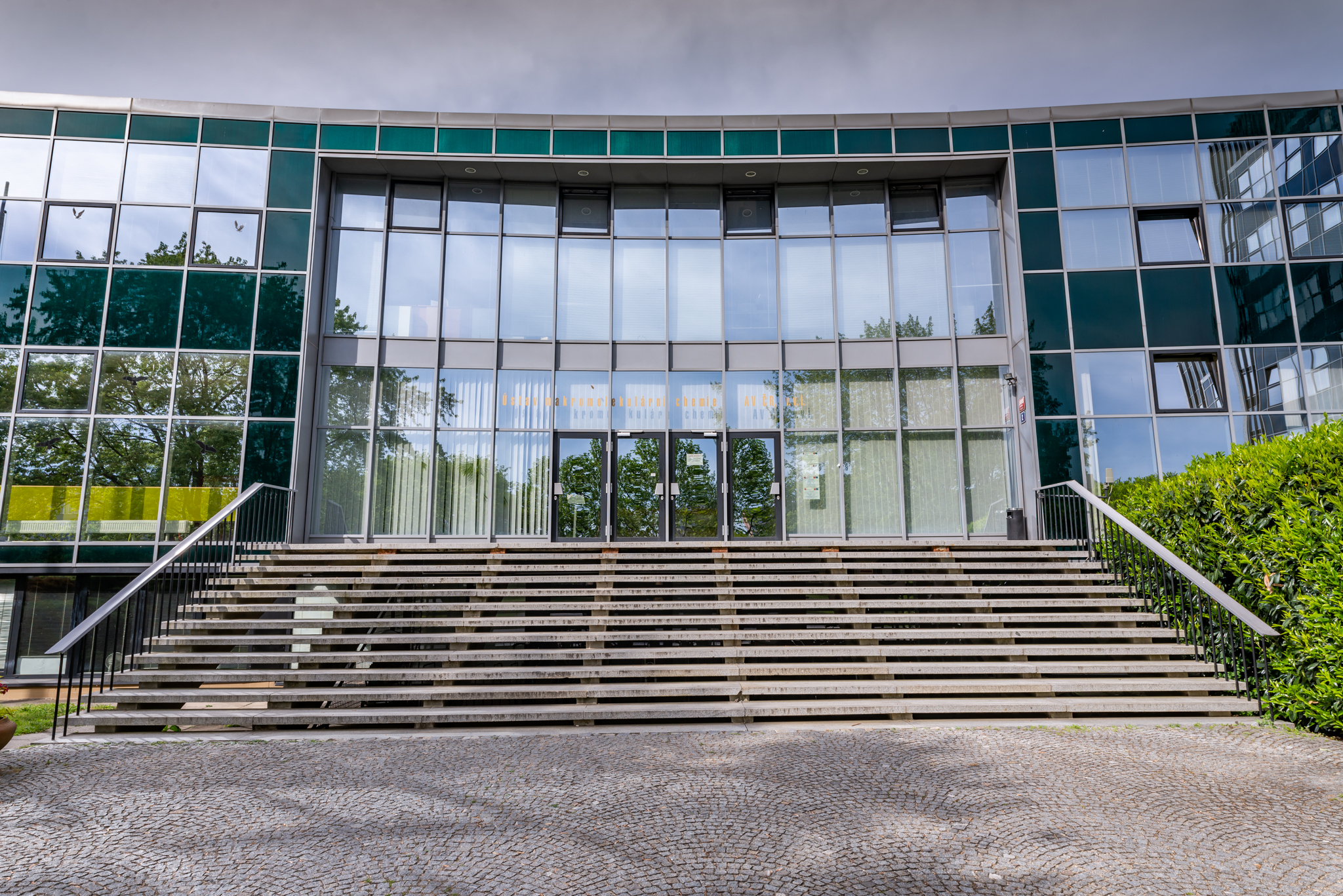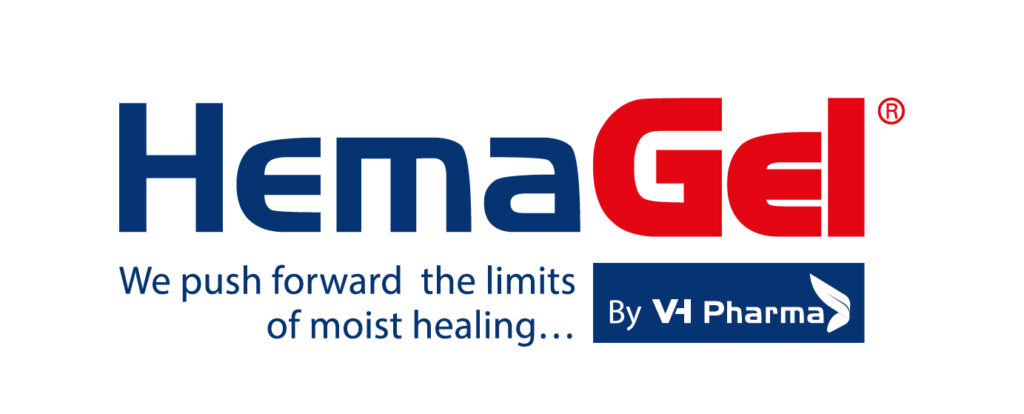

What are Free Oxygen Radicals ROS?

RSA Technology
ROS scavenging



Effect of polymers in the framework of individual healing phases
The fundamental difference compared to other available products is that the EFFECTS OF OUR PRODUCTS DOES
NOT DEPEND ON THE QUANTITY OF THE ACTIVE SUBSTANCE ABSORBED.
The healing effect of the products and
the polymers contained in them is caused solely by their chemical structure, which immediately after
application establishes IDEAL CONDITIONS in the wound by eliminating the negative effects of ROS and possibly
microbial settlement in the wound.
A characteristic of all products is that they are not absorbed, they act only on the surface of the wound, and
their effect therefore does not diminish over time.
They promote the formation of granulation tissue, but suppress hypergranulation. In the epithelialization phase,
they support cell division and their overgrowth from the edges of the wound. They soften the new tissue,
prevent the compression of the scarred tissue and thus the contraction of the surrounding skin. Even with longterm use, they do not macerate the tissue.

History
The product to support the healing of inflammatory diseases,
which today we refer to under the trade name HemaGel®, was
developed at the Institute of Macromolecular Chemistry of the
Academy of Sciences of the Czech Republic, public research
institution. This top scientific center has been dedicated to
science and research for half a century and gave rise to one of
the most famous Czech inventions of all time – contact lenses.



Authors of patents



Exclusive distributor for Czech Republic and Slovak Republic.
Targa team a. s. – www.targateam.cz
Manufacturer:
VH Pharma, a. s.
Jakubská 647/2
110 01 Prague 1
www.vhpharma.cz
